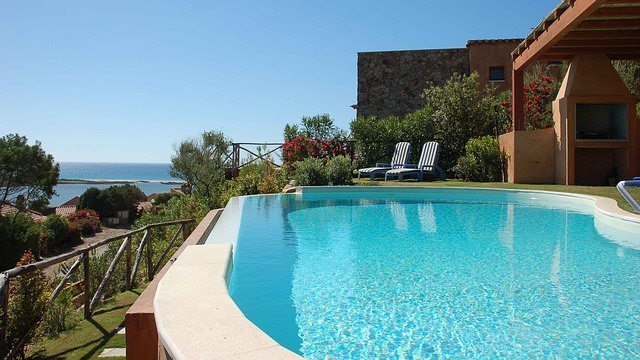Spanish Property Rental Yields up Almost 10%, the Fastest Growth Rate for a Decade
In Spain, housing has finally been confirmed as the most attractive asset to invest in, achieving an average income of around 9.5%, according to data from the Bank of Spain.
Property prices are set to increase further over the next few years as industry experts point out that rental prices increased by 4.2% a year in July, one of the highest rates since records began in 2006.
The recovery of the sector is officially a reality, with the value of real estate growing by 3.7% in July, compared to the same period last yet, according to data from the appraiser Tinsa. This figure represents the best record in almost ten years, since October 2007 when property prices were at their peak.
The big cities, the Mediterranean coast, the Balearic Islands and the Canary Islands are driving growth in the housing market, although the recovery is beginning to spread to other municipalities, according to Tinsa.
House Prices Growing at Fastest Rate as Recovery Continues
The potential return that can be obtained when investing in real estate far exceeds the profitability of fixed income and derivative products. The Spanish ten-year bond is currently yielding around 1.5% and even the best one-year deposits give no more than 1.25%. Another factor in the increasing appeal of property investment is also the fact that more and more citizens prefer to rent than buy a home. There are now 21.2% of people renting in Spain, up from 19% in 2015.
However, experts warn that property is a relatively illiquid asset and does not benefit from the tax advantages of other instruments like investment funds, which allow holders to defer taxation.
Where to invest?
For those seeking opportunities to squeeze maximum profitability from a property purchase, experts recommend being very selective.
Reports indicate that large cities such as Madrid and Barcelona lead the recovery in Spain’s property sector, with more cities rising in popularity and housing on the coast gaining appeal.
According to a study by urbanData Analytics (uDA), the Balearic Islands, Malaga and Barcelona are the provinces that achieved the highest returns on rent and higher annual capital gains, with landlords profiting from 13% to 17.3%.
Over in Madrid there are areas such as Chamberí and Moratalaz where an apartment of 60 or 70 square meters can offer an annual return of more than 25%. In Barcelona the best returns are available for a flat of around 120m2 in the Eixample area offering 30% returns.
As for the Spanish coast, the performance of the beachfront apartments increases to 8.8% per year, with the Balearics and Andalusia yielding the highest returns.
In Andalusia, Ayamonte (Huelva) is among the most profitable, with an average yield of 30%. Other attractive areas are Fuengirola and Estepona.
What to look for?
The location of property is important when considering the rental options. Key cities and coastal areas are the most popular areas, where properties can be rented most of the year to holidaymakers. The performance of the beachfront apartments is up 8.8% per year, with the Balearics and Andalusia achieving the highest returns.
As to whether it is better to buy an apartment that’s ready to move into or renovate depends on the level of work required to make the property rentable. Renovation and restoration work usually has execution risks and the initial costs of purchase are impacted by additional costs, which can make a project unprofitable. By negotiating the best purchase price and factoring in future costs it is possible to achieve profitable margins in housing development.
The offer on mortgages
When investing in a second home one of the issues to consider is the cost of the mortgage for this acquisition, if one is required. The first thing to decide is whether to opt for a fixed rate or variable interest loan. Much depends on whether you prefer to know your housing costs from the outset or are willing to fluctuate to benefit from current low interest rates. Usually, in mortgages for second homes, banks lend a lower percentage of the value of the property than with purchases of principal homes.




